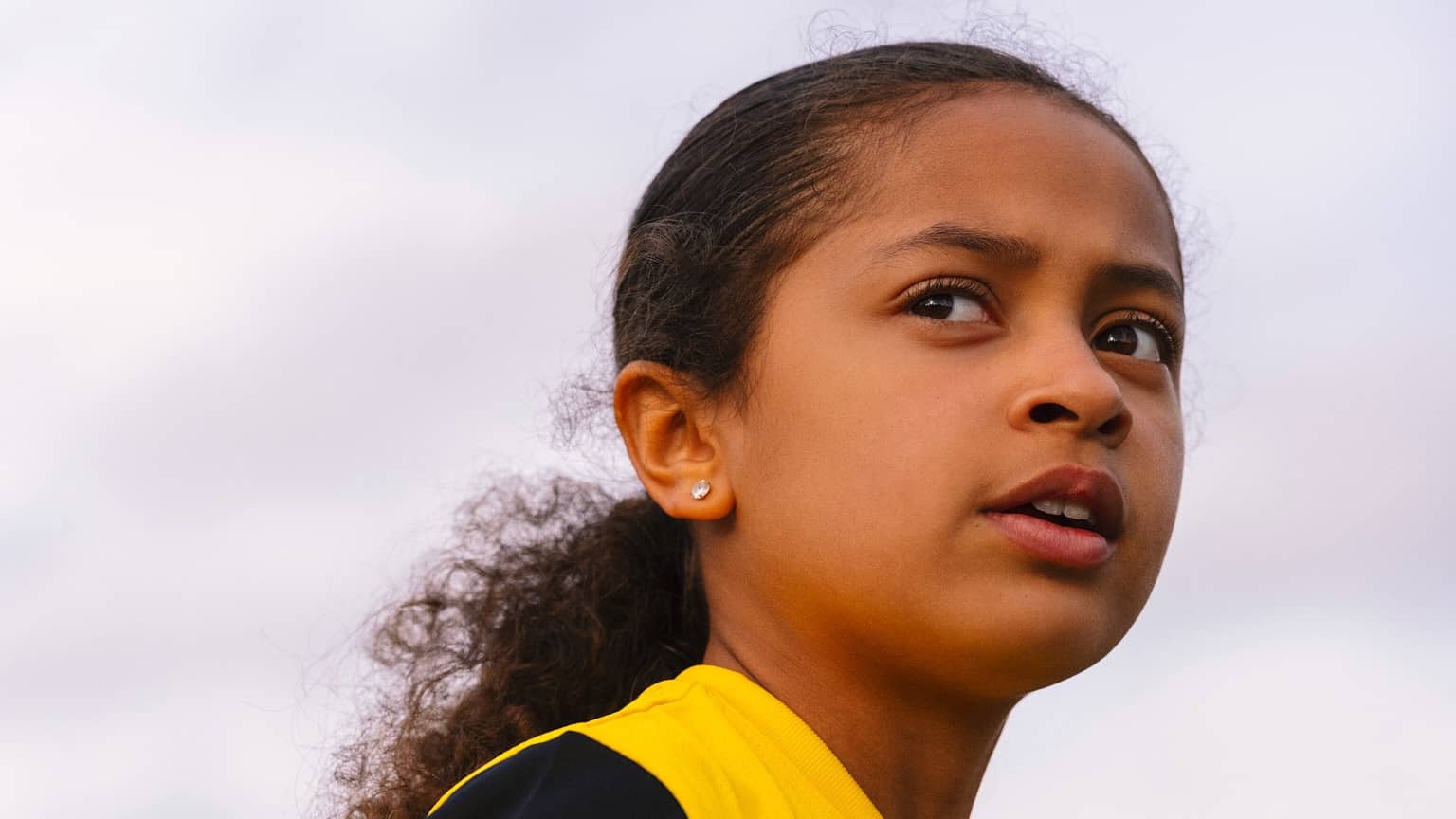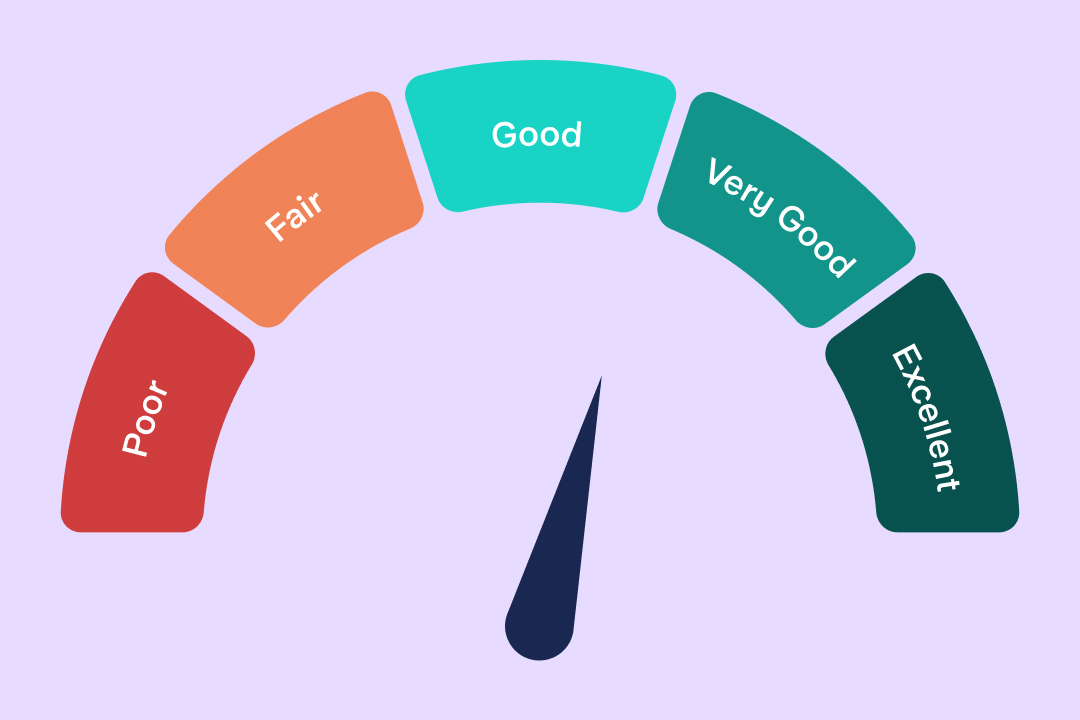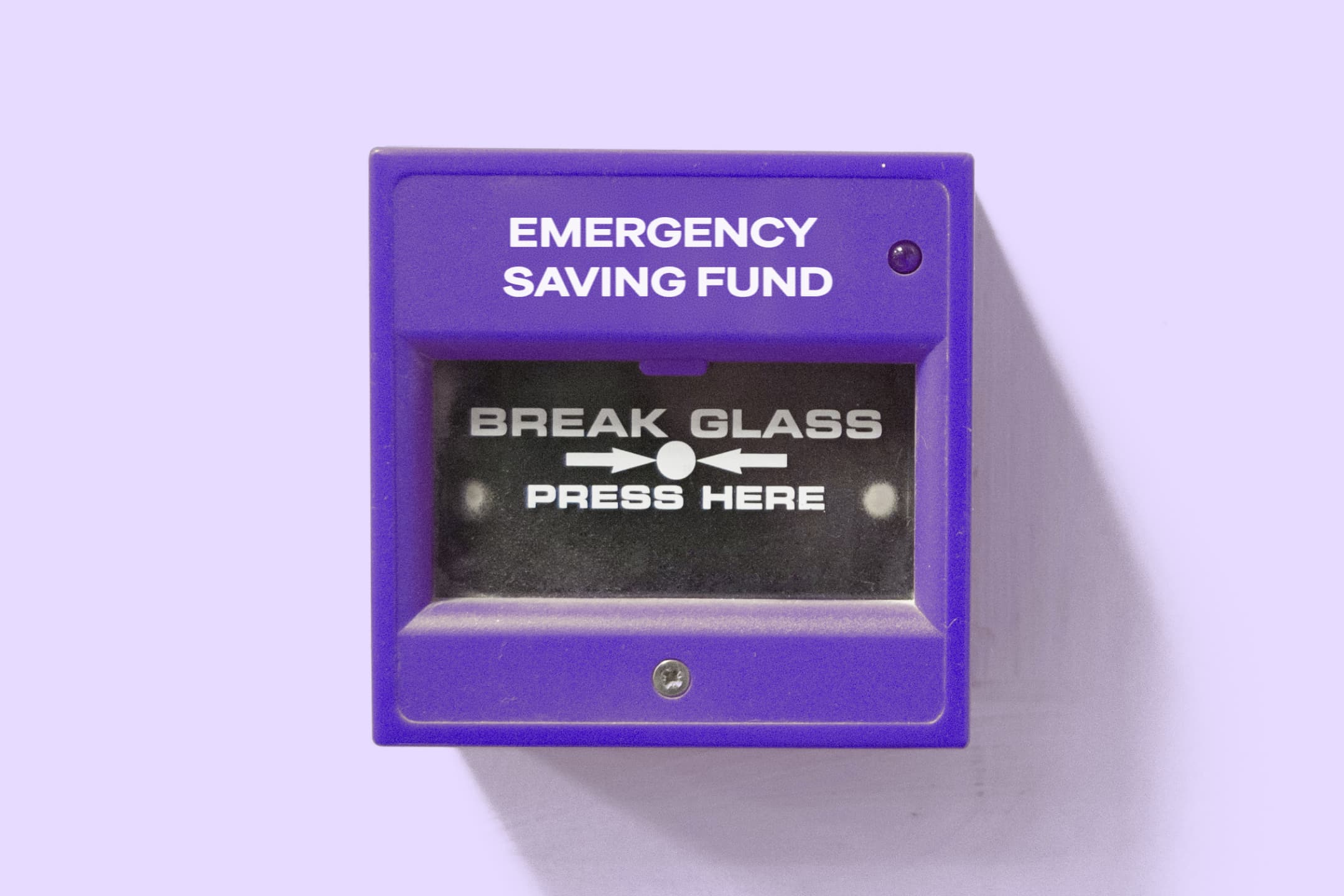
Personal finance
“We couldn’t get on the pitch – there were loads of men playing. The girls were so disappointed.”
15th May 2024

Our Money Explained series helps conversations around money, by breaking down money concepts into the basics. Here, we take a look at the area of sharing and giving.
With Christmas just around the corner, now is an excellent time to help your children understand the idea of giving. After a particularly tough year for so many families, rather than focus on the idea of giving as only a financial concept, why not talk about all the very many different ways in which people can give and share.
Children (and adults) can appreciate what they have, whilst also demonstrating compassion and empathy. Teaching and modelling practical ways in which children can share and give to others helps everyone.
Here are some tips for nurturing generosity in children.
When it comes to raising our children, there’s no denying that parents are usually the biggest influence on them.
Children learn through what they see, hear and experience. Show them that you care about the act of giving. Children whose parents give to charity have been shown by some studies to be more likely to give themselves.
Parents who visibly lead by example - dropping change into a donation bucket, or tapping contactless to donate, or sending unwanted clothes to charity - can inspire children to give and share.
Choose a charity each year to support financially, deciding as a family which one and why. Or spend time together shopping and wrapping gifts for those less fortunate.
Popular at this time of year, and great for younger children too, is the reverse advent calendar where you donate an item a day to your local food bank.
When it comes to birthdays and Christmas time, if you have lost someone special in your family, supporting a cause that was dear to them can be a wonderful way to keep their memory alive.
We feel good when we do something kind and generous. Create a positive feedback loop by asking your child to describe how their actions make them feel; this will link the action to that positive feeling, and in turn motivate them to give again.
When a child displays positive behaviours around giving or sharing, credit it to their character. Tell them they are a generous person instead of saying it was a generous thing they did. In this way, giving becomes a part of who they are, not something they aspire to do.
If your child gets pocket money or an allowance, you could teach them to split their money into three pots - saving, spending and sharing. Let them decide how much is divided into each category but ensure some goes into each.
The Starling Kite card for children is a useful tool here. You can use your app to show them how their money is being spent. You could also work with your kids to create visual goals for their money, say one goal each for saving, spending and sharing. The Goals feature of the Starling app is perfect for this, because it helps you ring fence money whichever way you like.
Children are most likely to want to give to a cause that they identify with. Depending on their age, you may want to highlight some causes to your child that match their current interests and then let them choose one.
Parental praise is so powerful for children. Be sure to tell them that you’re proud of them for their actions.
Children love to be appreciated, and like to see the impact of their actions. Show them pictures and social media thank you posts from the places they have helped. You could also look to the wider community for inspiration. Look for teachers, other children or celebrities who also demonstrate generosity - then praise them in everyday conversation with your child.
If you can’t give financially, remember that we all have a valuable resource, and it can be just as powerful as money: our time. Learning that donating money isn’t the only way we can support our chosen causes is a powerful lesson.
Why not get involved with them in charitable events through their school, or even help them organise their own charity fundraiser? At this time of year, there are lots of opportunities to donate time - from delivering food bank donations to helping sort and wrap gifts. Even writing a card to someone living alone can be a simple act of kindness that goes a long way.
Giving away toys and clothes that your kids have outgrown is another fantastic way for them to learn about giving and sharing. Allow them to choose which toys to give away and help them sort through clothes which are too small. Show your children or talk with them about who their gifts will be going to, so they can appreciate the impact of their donation.
Read the other articles in our Money Explained series:
The pros and cons of pocket money
Teaching kids how to stay safe with money

Personal finance
15th May 2024

Personal finance
13th May 2024

Personal finance
14th March 2024

Money Truths
12th December 2024

Money Masters
3rd December 2024

Money Masters
3rd December 2024